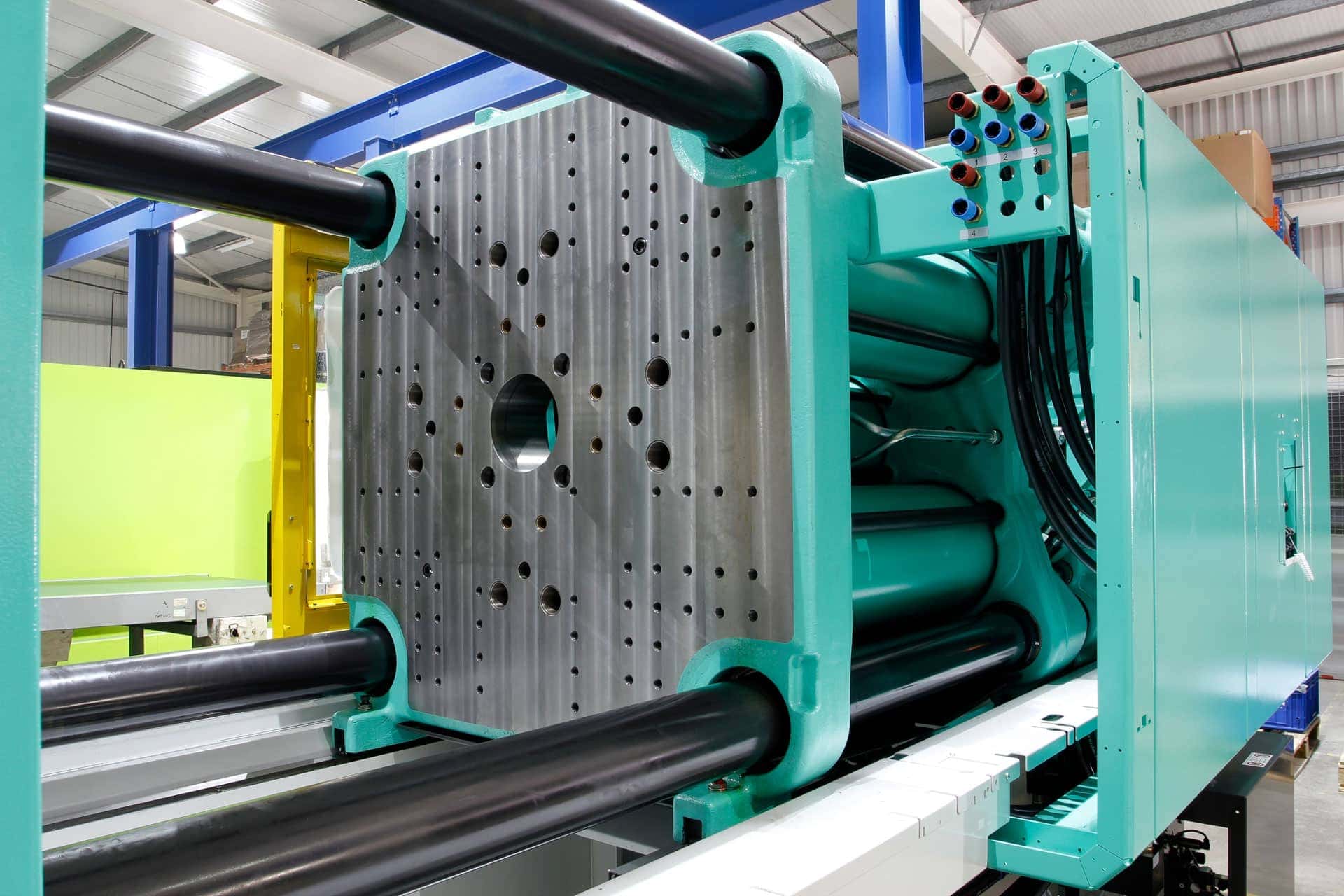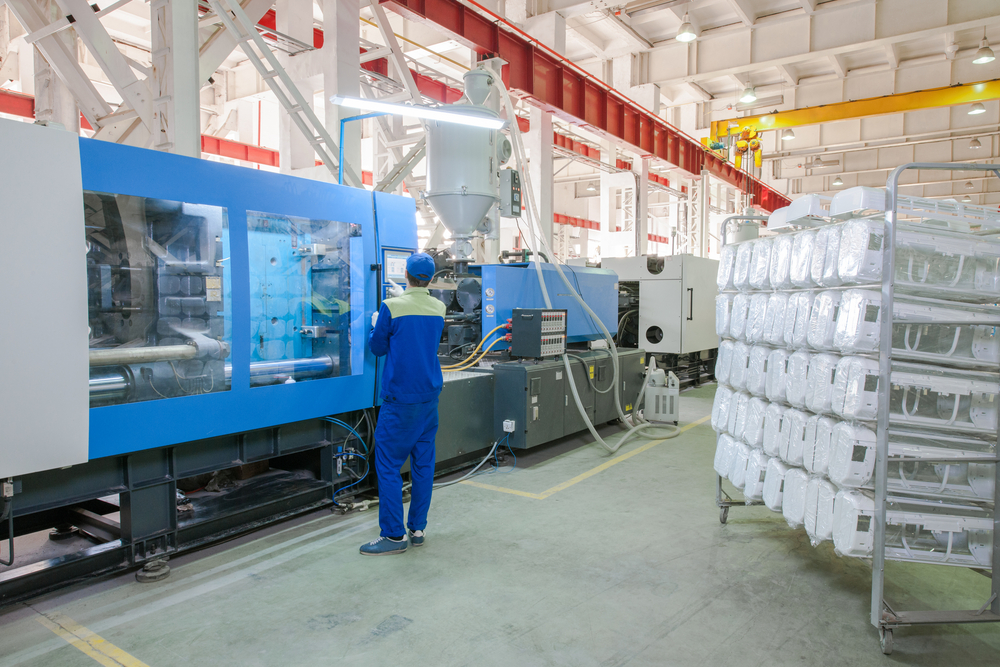A Comprehensive Overview to the Plastic Shot Molding Modern Technology
Plastic shot molding stands as a cornerstone of modern-day production, using unmatched efficiency and precision in the production of facility plastic components. As the landscape of manufacturing develops, understanding the future trajectory of injection molding ends up being significantly imperative.

Review of Plastic Injection Molding
Plastic injection molding is a widely made use of production procedure that allows the effective manufacturing of facility plastic parts with high accuracy. This modern technology has ended up being a cornerstone in numerous markets, including auto, durable goods, and electronics, owing to its ability to produce large amounts of components promptly and cost-effectively.
The procedure involves melting plastic granules and injecting the molten material right into a pre-designed mold. When cooled down, the mold and mildew is gotten rid of to reveal the completed component, characterized by its elaborate information and harmony. The convenience of materials made use of in plastic injection molding, ranging from thermoplastics to thermosetting polymers, allows makers to tailor products to satisfy details needs, such as flexibility, resistance, and toughness to warm or chemicals.
Moreover, the performance of this method lowers waste and reduces manufacturing costs, making it an eye-catching option for services aiming to enhance their manufacturing processes. As modern technology breakthroughs, innovations such as multi-material injection molding and the integration of automation remain to boost the capacities of plastic shot molding, enabling the creation of progressively sophisticated products that fulfill the demands of contemporary markets.
The Shot Molding Process
Shot molding is a sophisticated manufacturing strategy that involves numerous critical actions to transform raw plastic products into finished products. The procedure begins with the preparation of plastic pellets, which are fed into a warmed barrel. Below, the pellets are thawed and homogenized to achieve an uniform viscosity.
As soon as appropriately heated up, the molten plastic is injected into an exactly engineered mold and mildew under high stress. This action is crucial, as it permits the material to fill up every dental caries of the mold and mildew, guaranteeing the last item accurately shows the intended design. The shot time should be carefully managed to stop flaws and make sure efficient product usage.
After the mold and mildew is loaded, it undergoes a cooling phase, where the plastic strengthens right into its last form. This cooling process can vary in period depending on the density and intricacy of the component. When cooled down, the mold opens, and the ended up item is expelled.
Secret Benefits of This Modern Technology
One of the most considerable benefits of shot molding modern technology depends on its ability to generate high volumes of regular and specific get rid of marginal waste. This performance stems from the automated nature of the process, which dramatically minimizes manual work and the possibility for human mistake. Because of this, suppliers can achieve a high level of repeatability in their outcome, ensuring that each part fulfills rigid quality requirements.
An additional secret advantage is the adaptability of materials that can be used in shot molding. A large range of thermoplastics and thermosetting polymers can be built, permitting customized properties to fit details applications. Additionally, the innovation supports elaborate designs and complicated geometries, which can be testing to achieve with other making approaches.
The initial investment in mold and mildews may be high, but the long-term savings in product waste and labor make shot molding a financially practical option. These benefits solidify shot molding's placement as a favored production process throughout numerous markets - Plastic Injection Molding.
Applications Throughout Industries

In the clinical area, injection molding is critical for producing high-quality, reference sterile parts, consisting of syringes, surgical instruments, and housings for medical gadgets. The capability to preserve tight tolerances and produce intricate geometries makes it an excellent selection for these applications. Moreover, the product packaging industry advantages from injection molding by generating a vast array of containers, closures, and dispensers that are both efficient and economical.
The toy industry depends heavily on injection molding to create vivid, durable, and safe products that interest kids. Last but not least, the building and construction market makes use of shot molding for generating numerous components, installations, and components that contribute to both functionality and style. In general, the broad range of applications shows the integral function of shot molding modern technology in advancing numerous sectors.
Future Trends in Injection Molding
Embracing developments in technology, the future of injection molding is positioned for considerable makeover driven by advancements in products, automation, and sustainable methods. One of the most significant trends is the growth of recycled and bio-based polymers, which not just decrease dependence on fossil fuels yet also lessen environmental effect. As manufacturers increasingly prioritize environmentally friendly services, these materials are ending up webpage being extra widespread in manufacturing.
Automation is an additional vital fad shaping the sector. The combination of robotics and artificial intelligence into the injection molding procedure improves accuracy, efficiency, and manufacturing rate. Smart manufacturing facilities furnished with IoT gadgets permit real-time monitoring and anticipating upkeep, minimizing downtime and optimizing functional processes.
Furthermore, the shift in the direction of customized and small-batch production is acquiring momentum. Advanced technologies such as 3D printing and additive production make it possible for fast prototyping and the production of intricate geometries that were formerly unattainable. This change permits companies to respond better to market demands and customer choices.
Verdict
In verdict, plastic shot molding technology stands for a cornerstone of modern production, supplying effectiveness and flexibility in producing complicated parts across varied markets. The detailed exam of the shot molding procedure highlights its critical phases and benefits, while the expedition of applications underscores its prevalent importance.
Plastic injection molding stands as a keystone of contemporary manufacturing, supplying exceptional performance and accuracy in the manufacturing of complex plastic components (Plastic Injection Molding). The flexibility of products used in plastic injection molding, ranging from thermoplastics to thermosetting polymers, enables suppliers to tailor products to meet details needs, such as resistance, versatility, and strength to warmth or chemicals
Injection molding is an innovative production technique that includes several vital steps to transform raw plastic materials right into completed items.The versatility and efficiency of injection molding technology have actually led to its widespread adoption across many sectors.In final thought, plastic shot molding modern technology stands for a cornerstone of contemporary production, using performance and adaptability in generating complicated components throughout diverse sectors.